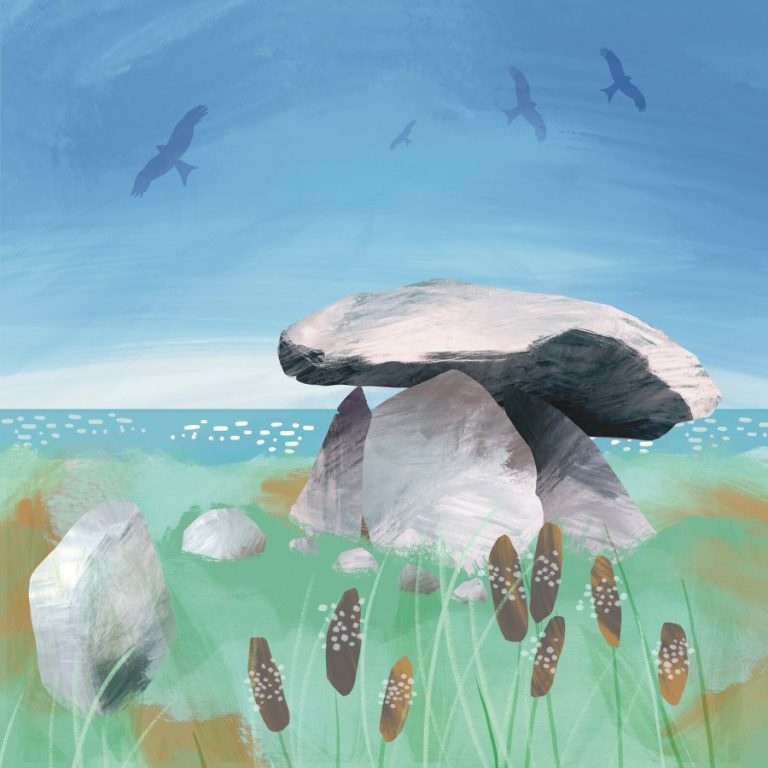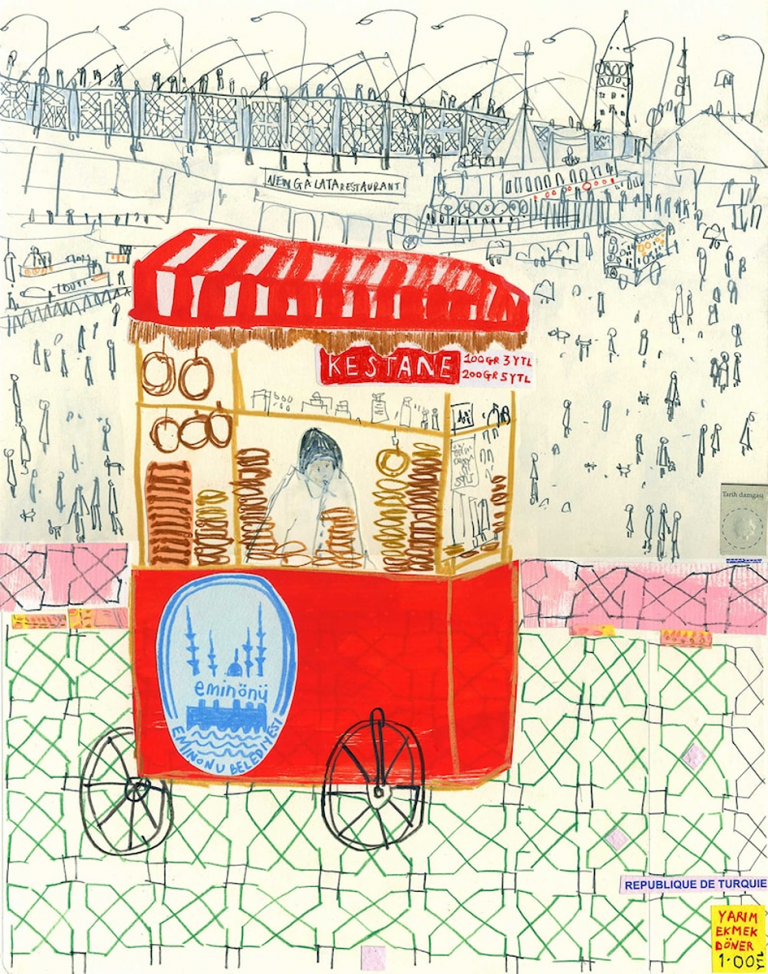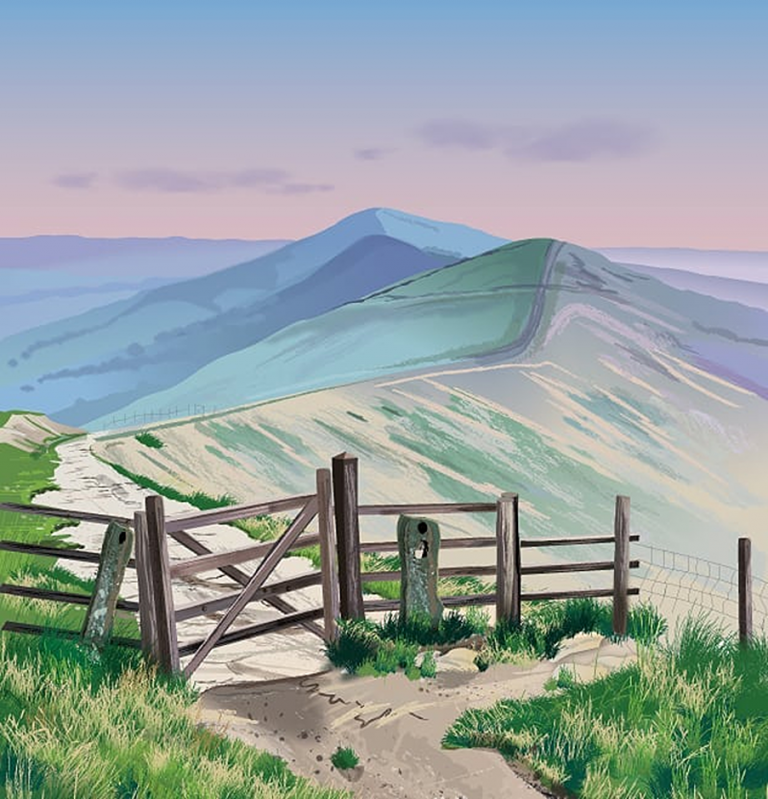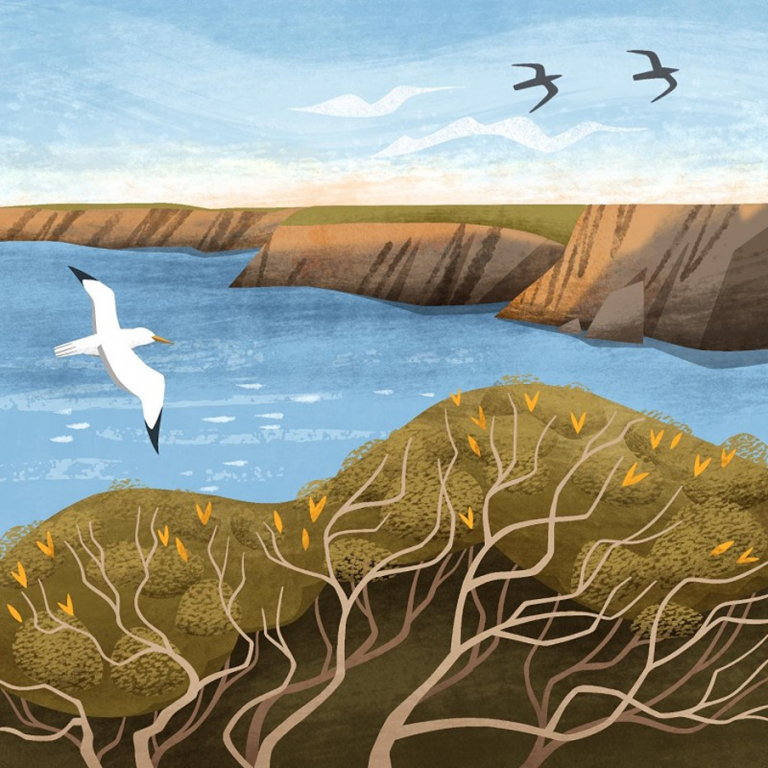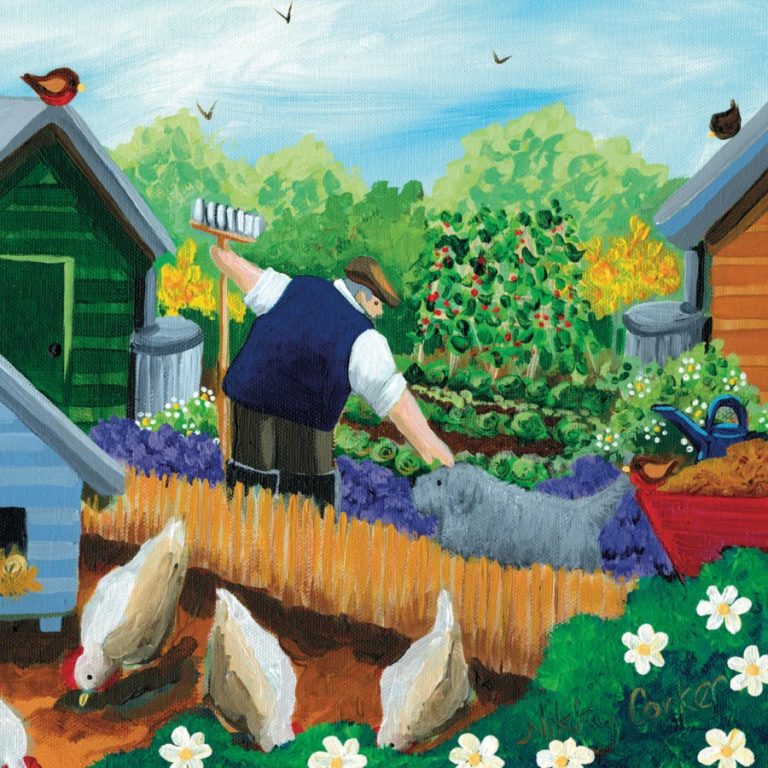
Buckinghamshire is an affluent county in the Home Counties (not far from London). Often called ‘Leafy Bucks’, it also has some of the London underground stations, one arriving at Aldgate East (a bit of a culture shock for some, who live in pretty villages!)
There are a few towns (Aylesbury, Princes Risborough), but this is mostly English country village land, with ancient churches and village ponds. And home to the Chilterns, low-lying chalk hills.
Always follow the Countryside Code, to keep all creatures safe.
Buckingham: The Historic Heart
Buckingham anchors the county with its timeless charm. Cobblestone streets, Georgian houses and a lively market fill the town with character. Walk along the river Ouse or visit Buckingham Old Gaol museum.
Markets run twice a week, and independent shops line the high street. Grab a coffee in the square and watch the world go by.
Grand Union Canal: Waterside Wandering
The Grand Union Canal weaves through Buckinghamshire, offering peaceful towpaths and glimpses into narrowboat life. The canal stretches from London to Birmingham, slicing through key towns.
Walk or cycle the towpath for miles of wildlife, wildflowers and canal boats floating under brick bridges.
Read our post on protecting historic canals.
Leafy Bucks: Rolling Chilterns
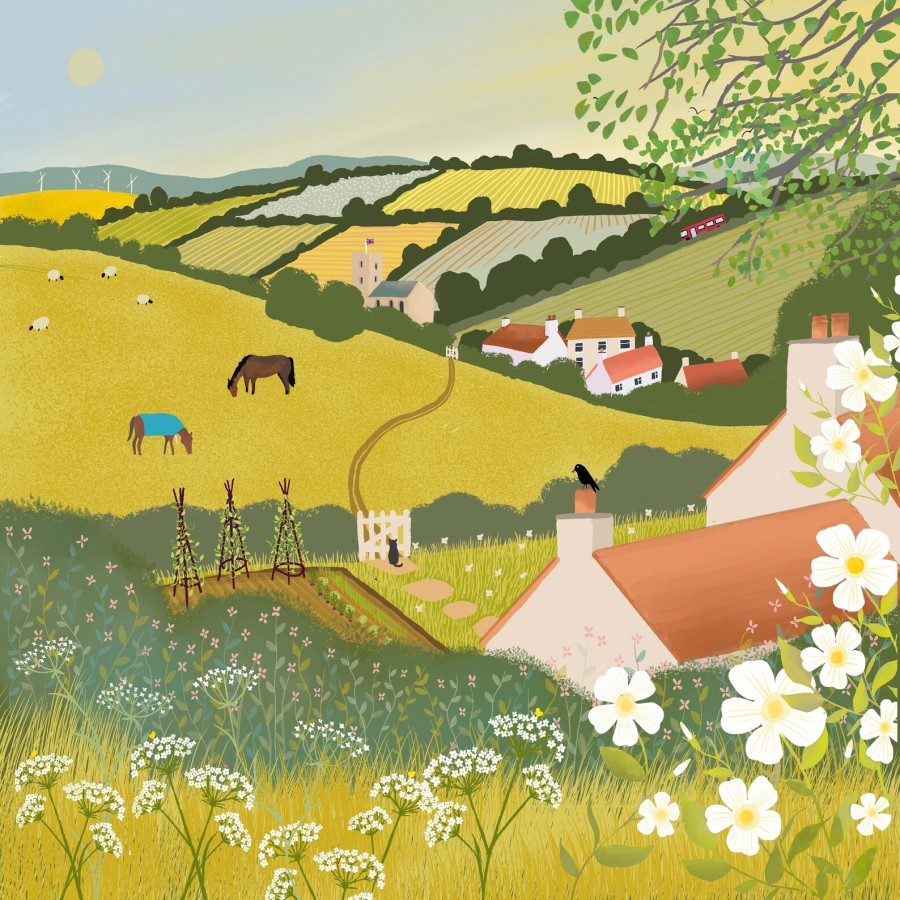
Leafy Bucks lives up to its nickname among the Chiltern Hills. This National Landscape draws walkers back again and again, to enjoy ancient beech woods and watching red kite birds circling above. Wendover Woods is home to well-marked walking trails.
The Chilterns has been decimated by the HS2 high-speed rail project, which has already destroyed England’s second oldest pear tree in Warwickshire.
Barn Owl Trust says that HS2 is a ‘very expensive way of killing owls’, which will continue to kill around 22,000 wildlife each year if built. Campaigners want money instead spent on updating rolling stock, and better rural transport.
Tiggywinkles: The World’s Busiest Wildlife Hospital

Tiggywinkles in Haddenham (a large village with four ponds) is England’s best-known wildlife hospital that takes in local creatures, and runs a nationwide phone helpline. It saves all creatures (not just hedgehogs).
Founded by a couple with no medical knowledge, the co-founder eventually wrote a wildlife rescue manual, that is now used by vets. It also runs training courses for volunteers. Read more on helping your local wildlife rescue.
Most creatures are returned to the wild. Those not able to (like blind hedgehogs or three-legged deer) live in near-natural conditions in the grounds, where they can live the rest of their lives in safety.
An easy way to raise funds is to sign up with easyfundraising (nominate Tiggywinkles, then anytime you buy things with shops or services, it donates a portion of profits, at no cost to you). Or donate anonymously via Charities Aid Foundation.
The ‘New Town’ of Milton Keynes
The only ‘new town’ is Milton Keynes. Despite being described as a ‘town that your mum could have built’, it has over 22 million trees, more bridges than Venice, shoreline lake walks and 5000 acres of public parks.
The Buckinghamshire Town of Denham
Denham (pretty parks, walks on Grand Union Canal and indie shops) means this village is home to many celebrities). Previous residents have been Sir John Mills, Sir Roger Moore, Cilla Black and Paul Daniels.
Although the outdoor and railway scenes for the iconic film Brief Encounter were filmed in the Cumbrian town of Carnforth, the studio scenes were filmed at Denham Film Studios (long gone, to be replaced by luxury homes).
Bletchley Park: The Story of Alan Turing

Bletchley Park is the country estate house where clever boffins broke codes during World War II to decrypt German army & air force messages. One man who worked there was maths genius Alan Turing, whose work likely saved millions of lives, by helping to end World War II.
Yet in 1952 was prosecuted for being gay, and had to accept chemical castration as an alternative to prison. He died from a cyanide-laced apple though no-one knows whether it was suicide, murder or an accident (he used to conduct experiments in his house).
In recent years, he received a public apology from Gordon Brown (when Prime Minister) and a pardon from the Queen, for the appalling treatment he received.
Another (controversial) stately home in Buckinghamshire is Cliveden House, the scene of the 1961 Profumo Affair at the peak of the Cold War. When it was found that an MP was having an affair with 19-year old Christine Keeler (also accused of having an affair with a Russian spy).
Mandy Rice-Davies (accused of having an affair with Lord Astor whose family owned Clivedon House) became known for her remark during the trial, when the defence suggested she was lying. She replied ”Well, he would say that, wouldn’t he?

